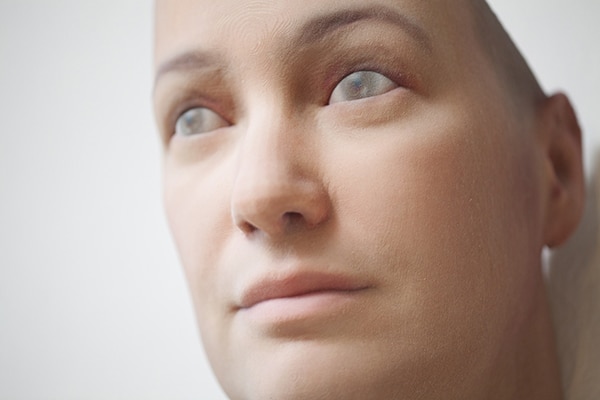The phenomenon of 3D digital design and fabrication in the Bennington area has been driven by a number of factors: the role of Bennington College in training students and initiating projects through its research and curriculum; the long-standing history of manufacturing in the region and the more recent development of small-scaled shops doing highly specialized work; and the strong art community in the area, anchored by the Bennington Museum. The reciprocal influence of artists, designers, and manufacturers has expanded Bennington’s capacity to be a center of innovation in the field. The intersection of advanced practitioners in artmaking, design, engineering, and materials has resulted in projects ranging from a sculpture for the United States Embassy in Oslo, Norway, to the Z® chair by Giovanni Pagnotta, an icon of contemporary design. In addition, a number of artists, architects and designers who started their work in Bennington have gone on to create innovative forms elsewhere, including Guvenc Özel, an alumnus of Bennington College who created NASA 3D Printed Habitat (housing on Mars) in collaboration with experts from UCLA Department of Engineering and Material Science. The competition entry for NASA and AmericaMakes 3D Printed Habitat challenge was among the top honored in more than 160 international entries.
Heather Dewey-Hagborg, a 2003 graduate of Bennington College, created masks for her project entitled Stranger Visions. Each unique mask is created from discarded DNA found in the streets and subways of New York. Using custom software and a 3D printer, she creates unsettling, lifelike portraits of anonymous strangers from the evidence left behind. Taking technology in a different direction is Karolina Kawiaka, an instructor of architectural design and sustainable design, drawing and digital drawing at Dartmouth College for almost 20 years. Translating topography into 3D modeling software, her sink entitled “Land where I was born” is based upon a topographic map of a valley in Westminster West, Vermont, including beaver ponds, where Kawiaka was born. It is milled from a laminated block of Vermont maple with a CNC router and hand finished.
Collaborations and connections have pushed technological and design practice to extraordinary places, and Bennington’s role as the locus of a groundswell of such innovation has gone, as it were, under the radar. 3D Digital Here and Now brings to light the role of the makers and the technology they use who are putting Bennington on the map by expanding the possibilities of 3D design technology on a global stage. It includes the uses of tools and techniques like computer-assisted design (CAD) programs, CNC milling, laser cutting, 3D printing, and even digital 3D weaving give amazing new possibilities for conceiving and making shapes never possible before, for using novel materials, for rapid prototyping, for speed and precision in fabrication, for making relatively small numbers of things without the high cost of creating molds, and for keeping an almost infinite number of designs in a catalog, without having to hold any inventory.
“I’m excited about this winter’s show as I have been about no other. And it’s going to be a show like no other at Bennington Museum, bringing together art, design, technology, and manufacturing. These are all things that Bennington has been famous for over the years, but usually not brought together in one exhibition.” states Robert Wolterstorff, executive director of the Bennington Museum.
In collaboration, Bennington College and Bennington Museum are putting local innovation on view with the goal of inspiring more young entrepreneurs to put down roots in Bennington, and advance economic development in the region. 3D Digital Here and Now is on view from March 26 through June 15. This exhibition is supported by Abacus Automation and Global Z, both of Bennington.

